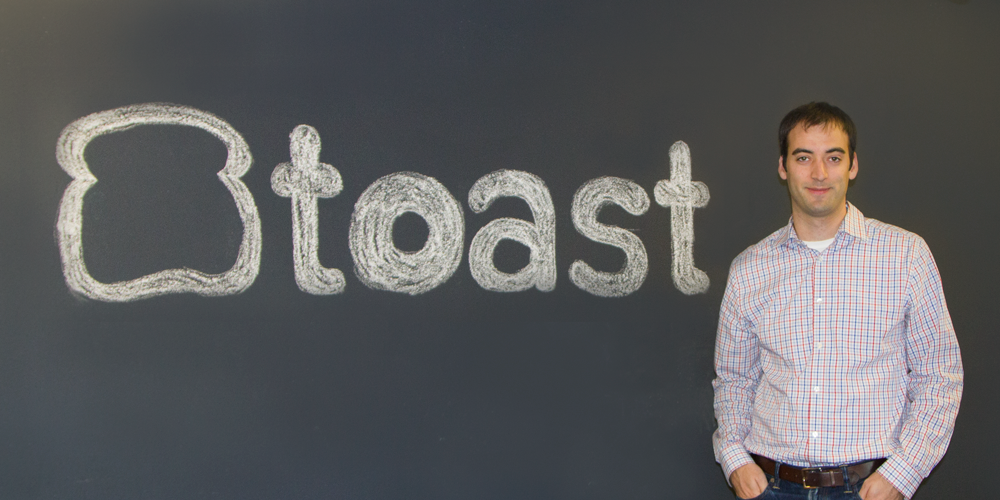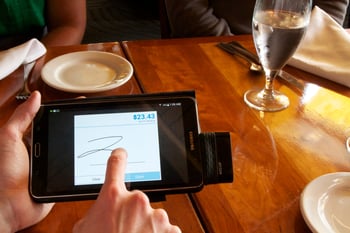
Boston-based software startup Toast is one of the nation’s fastest growing companies, with a 550% year-over-year growth rate and sights set clearly on redefining the way restauranteurs run their businesses.
While it's flourishing today, Toast initially struggled to find its place in the market and employed disruptive strategy techniques – effectively pivoting from an initial strategy of “specialization” to one of “integration” – to completely redefine its strategic focus and create a path to long-term success.
Toast entered the market in 2012 with an application that was focused on facilitating mobile payments at restaurants, allowing customers to split their tab, make payments, and get receipts delivered directly to their phones. According to President and co-founder Steve Fredette, it seemed like an easy decision at the time.
"The thinking was, let’s initially focus on mobile payments," he said. "It’s a service that we can easily sell and deploy. We thought we’d get a lot of volume with it, and build a marketplace.”

The problem with this approach was that mobile payments were only a small piece of a very jumbled "point of sale" ecosystem, which combines a variety of hardware and software to create a system that allows restaurants to take orders, process payments, and track sales and inventory.
Many of these legacy systems lacked key functionality, like the ability to manage customer loyalty programs, process mobile payments, and integrate online ordering, but proved incredibly difficult and expensive to build on to.
In discussions with a number of restaurants, Fredette quickly realized that he was not alone in his frustrations with the limitations of existing POS systems.
"The restaurants didn’t like that they had 5 or 6 different vendors with independent systems that didn’t talk to each other well," he said. "Online ordering was a system that didn’t talk to point of sale. Gift cards were a separate system that you’d have to train employees to use. Loyalty wasn’t built into the POS system. It was a bunch of pieces that didn’t fit together.”
Fortunately, Toast saw these complications as a strategic opportunity for the company and was quick to adjust.

“We felt in order to create a better customer experience, we had to start with the foundational side of it," Fredette said. "We started with the back-end, building in a way that we could layer a really good consumer experience on top of it. Now, we’ve built a system that is a bunch of systems in one.”
With this one strategic pivot, Toast was able to gain both a stronger footing in an intensely competitive landscape as well as a loyal following of hundreds of customers.
As Professor Christensen explains in our HBX Disruptive Strategy course, when you are competing in a world that’s characterized by performance that’s “not good enough,” you can’t win with a specialized approach, you must pursue an integrated system. Likewise, when you are competing in a world that is characterized by speed and modularity, you must pursue a specialized approach.
This is Part I of a two part series. Learn how Toast identified its customers' jobs to be done and leveraged those insights to improve upon its core product in Part II.







